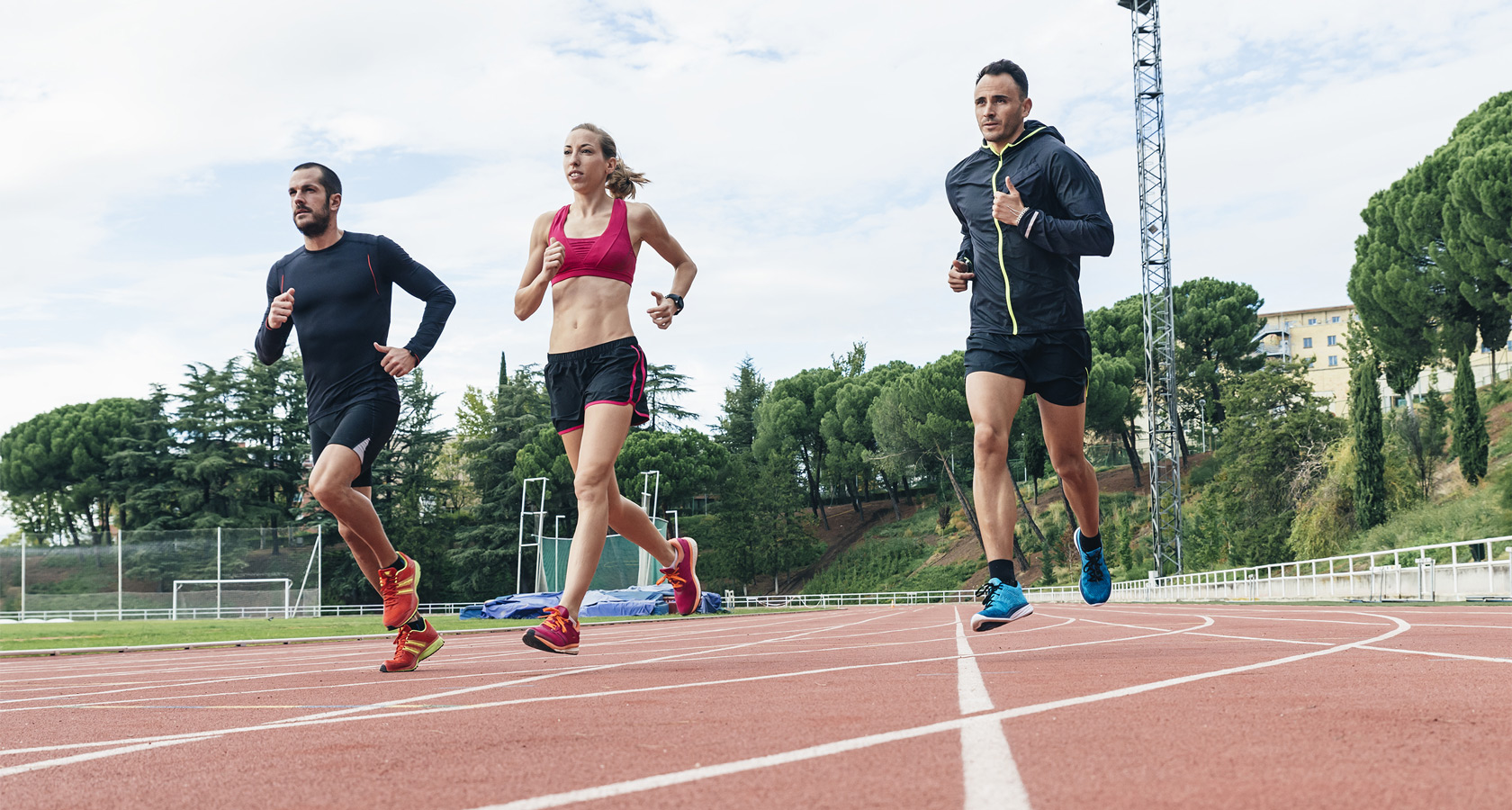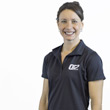Triathlon Speed for Runners
One thing that makes triathlon so interesting is the diversity of the athletes who come to the sport. There is not one athletic background that can “make” a triathlete. An advanced swimmer, cyclist or runner, may have some advantage starting up in the sport, but the training approach — as well as the mental outlook — of what made them an advanced athlete in that sole sport, may have to be adjusted once initiating triathlon training.
Runners come to triathlon for many reasons: one being diversity and to drive boredom out of training. They want a new challenge. Others like the cross-training that triathlon brings to ward off overuse running injuries. Here are some tips that will help the intermediate to advanced runner make a successful transition into triathlon.
Incorporate and find time to train in all three disciplines.
Gone is the day of simply lacing up the running shoes and going out for a quick simple run. Now, one has to plan their day to get to a pool, cycle on a trainer, watch the weather for outdoor riding, plan cycling routes, then run after a bike (brick workout). Be prepared to manage time a bit more productively and creatively.
Reduce run volume.
Reducing run volume may be extremely difficult mentally for seasoned runners. Because the biggest percentage of time spent in a triathlon is on the bike, an athlete must work on improving cycling strength, and to do this, a large majority of training should be spent on the bike. Aim for a 1 to 5 ratio of run to bike volume. High running volume is not recommended for triathlon training. It takes away from one’s bike strength, and it can set one up for injury and the inability to recover properly.
Make maximum volume training weeks anywhere from one to two weeks out from a sprint goal race, to as many as four to seven weeks out from a goal ultra-distance race, at critical volume. For the longer distance races it may take years to reach the critical volume necessary to maintain race-specific performance indicators over the race’s entire length. An athlete who meets average training volumes equivalent to: 9/3 swim race distance; 8/3 bike race distance; and 7/3 run race distance, for two weeks, within the final six weeks, prior to an event, has met critical volume, for that particular race distance.
Change from a runner mindset to a triathlete mindset.
An athlete only has so much energy available, and it must be rationed accordingly among the swim, bike and run training. A question one must ask, is “what is necessary for me to do as a triathlete?” and not “how many more miles can I accumulate for my run training for the week?” Embrace the multifaceted approach of training in multiple disciplines, which may not entail running each day.
Heart rate training versUs pace training.
Many advanced runners train by pace. Triathletes utilize a combination of heart rate based training and pace based training. Becoming familiar and utilizing heart rate zones is essential to informing the training paces that an athlete should be using, taking into account the multiple layers of training stress that a triathlete may experience relative to a pure runner. Know when to target aerobic, sub threshold and threshold work in training. Read more on heart rate training here.
Fuel like a triathlete.
Become familiar with a fueling plan that works for you, and use it in everyday training so that it becomes second nature. Oftentimes, seasoned runners will tend to neglect in-workout fueling. Triathletes, especially those who focus on longer distances, cannot neglect fueling or they risk race day becoming difficult due to adverse reactions to improper fueling consumption.
Do workouts for runners new to triathlon.
Being an intermediate to advanced runner does not necessarily translate into becoming an advanced triathlete. Pure running legs are a bit different then “triathlete running legs.” Triathlon running legs, no matter what the speed potential of the athlete, must be built up with durability that comes from having runs immediately after bike rides (transition runs). Following are transition run and solo run workouts to consider as an intermediate to advanced runner new to triathlon.
- Long aerobic bike with an aerobic transition run: Plan to run for 20-60 minutes off a long aerobic bike day, while building for a goal race. Start out small and build to longer, depending on your goal race distance.
- Long run day: Plan to do the longest aerobic run of the week the day after your long bike day. Build your leg and mental durability to get used to running on tired legs. Build upon the run’s total time, depending on the goal race’s distance. It can be as short at 45 minutes for sprint distance prep, up to two hours for ultra-distance prep. Make sure you precede this run with a shorter and light bike workout that serves as a “warm up” for the legs to put forth the aerobic run effort.
- Double run days: Another option to the long run day, above, is to break the long run down and do two short runs with a short bike before the second run of the day. This serves as another excellent physical and mental durability builder. An example would be a 45-minute morning run followed by a 30-minute evening transition run off of a short and easy 1-hour bike. Or for a higher volume athlete, a 1:15 morning run, followed by an evening 1:15 transition run off a short and light bike.
- Track workout alternative: “You can take the runner off the track but can’t take the track out of the runner.” Another good workout is to perform tempo and speed workouts off the track to prepare the mind for running in a triathlon run environment. Find a bike trail or road that will help you achieve the workout’s objective. Being an intermediate to advanced runner already, do “track alternative” type of workouts as evening workouts, while allowing your morning training session to focus on cycling. Again, get used to performing on tired legs for the run.
Making the transition from being an intermediate to advanced runner to a triathlete will take some time and adjustment. Allow all the disciplines of the sport to grow by thinking and training like a triathlete. Each discipline needs the others to become better. Become a better triathlete by strengthening the weak (swim, bike), while maintaining the strong (run).


